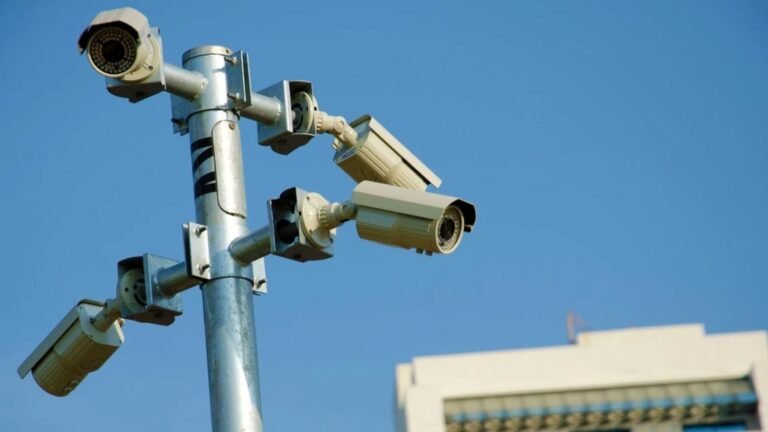Artificial intelligence (AI) means many things to many people. To some, it’s the hyped future of everything. To others, it’s just big data and analytics in a shiny new box. But no matter where you fall on the AI spectrum, one thing is undeniable: AI is driving major change, and it’s already transforming how organizations secure their physical infrastructure.
AI does this by sensing when something is out of the norm and can identify real threats rather than non-existent ones. This is a game-changing capability because humans may not spot all the signs of criminal activity or may not be able to do their job well when they are tired, ill or distracted by personal issues.
AI, on the other hand, doesn’t have these problems and is very good at doing the same thing over and over again, which makes it a good approach for watching thousands of hours of videotape to find the “needle in a haystack.”
AI delivers proactive security
Working alongside humans, AI becomes a powerful complementary tool. AI provides perfect fidelity, allowing humans to make the decisions necessary to respond appropriately to events. For example, AI can alert humans to ongoing activity so they don’t have to stare at a screen and wait for something to happen. It also allows humans to see that a crime is occurring and respond appropriately.
By operating in this way, AI prevents humans from getting lost in the maze chasing false positive alerts, which greatly reduces the need for humans to waste time chasing false alerts – the ultimate goal of security monitoring.
For vendors on the operational side, especially those that offer remote video monitoring (RVM) services, AI is a valuable tool because it enables one person in a surveillance operations center to do the work of many (after all, with fewer rabbits to chase, your organization has fewer people to chase them). This is especially important in today’s labor shortage times, when it’s difficult to find enough skilled people to work in a surveillance operations center.
For RVM vendors’ customers, AI enables proactive security. Proactive security is important because it can deter crime before it happens, without police involvement. This is cost-free for anyone and eliminates the risk of anyone getting hurt. AI-enabled video accomplishes this by activating visual and audio deterrents to keep potential criminals off the premises.
AI-enabled video also allows security vendors to offer affordable security services that would otherwise be costly and of lower quality. Without AI, it is nearly impossible to reliably capture a crime in progress, and video’s role is limited to its traditional role of providing after-the-fact evidence for legal and insurance claims.
AI must be trained
Not all organizations are the same, which means the AI needs to “understand” what it’s protecting and the specific location where it will be used. It needs to understand opening hours and know when people are likely to be on the premises and when they aren’t. It needs to distinguish between criminal and normal activity. And it needs to understand its surroundings – for example, it needs to be able to recognize a deer or other wildlife coming in from the nearby woods, and not mistakenly identify a large moving object as a human.
To optimize an AI for a specific location, it must be trained to filter out harmless disturbances and flag only incidents worth investigating. AI can do this if trained properly, because it has “seen” things thousands of times. It makes sense: anything that has seen an environment and the activity that occurs in it many times will be much more accurate at identifying behaviors or situations that are out of the norm, whether that be a human or a machine. This is why there is no such thing as “out of the box” AI; for it to be effective, it must first be trained in a specific environment.
Once AI is trained on what is normal, it can be used for purposes beyond security. AI-enabled video can warn of extreme weather such as snow or rain, giving decision makers greater situational awareness. It can also determine if someone is wearing a helmet or other mandatory clothing to reduce the chance of an exception or serious accident. In other words, it can issue notifications when it detects abnormal conditions.
But most organizations will think of AI-enabled video first and foremost in security. AI has come a long way since the days of closed circuit television and IP-based video, where it was a reactive tool. AI activates video, so it can prevent crime before it happens. And unlike “fantasy” predictions about how AI will be used in the future, AI-enabled video for physical security is being used today, delivering countless benefits in security and beyond.


